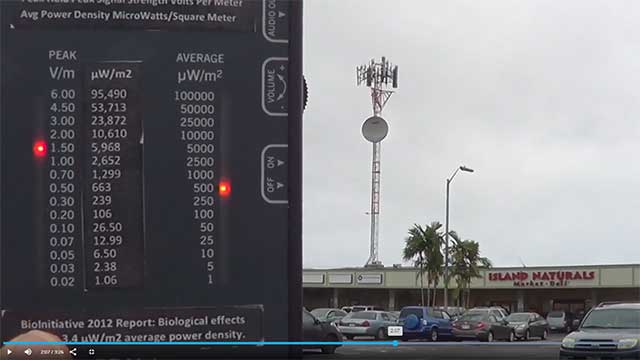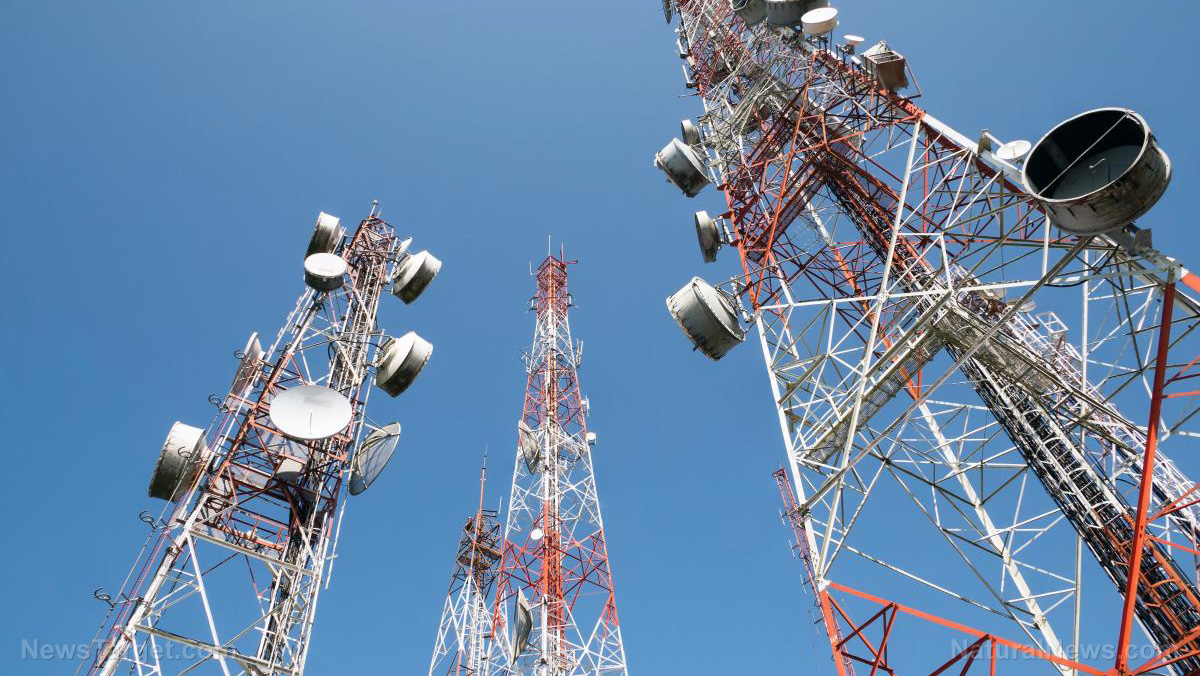New report finds that WiFi radiation is damaging the environment and wildlife
10/11/2018 / By Tracey Watson

Earlier this year, Qatar become the world’s first country to have a 5G – or 5th generation – cellular mobile network, but by 2020, this technology is expected to be rolled out across the globe. There are already well over 2 billion smartphone users worldwide, and this number is expected to increase to 2.5 billion by next year. There is mounting evidence that the electromagnetic radiation (EMR) emitted by all these cell phones and other mobile devices is harmful to humans, affecting brain functionality and causing anxiety, stress and concentration problems.
Even more concerning, in 2011, the World Health Organization’s International Agency for Research on Cancer (IARC) classified the RF-EMF waves emitted by WiFi networks, cell towers and smartphones as category 2B – or a “possible human carcinogen.”
Now, a metanalysis of 97 peer-reviewed studies conducted by EKLIPSE, a European Union-funded biodiversity and ecosystem project, has found that humans are not the only living organisms that are negatively affected by this type of radiation. The researchers found conclusive evidence that animals like bats, mice and birds, which have a “magnetic sense” – or magnetoreception – are negatively impacted by EMR. (Related: 5G is already linked to rising health problems … Concerns about “health calamity” on the rise.)
Finding their way home
Homing pigeons, as well as other birds, animals and invertebrates, including red foxes, deer, worms and fruit flies, all use the Earth’s magnetic fields to orient themselves and sense direction. As reported by Waking Times, the EKLIPSE team found that “even weak magnetic fields in the radio frequency range can disrupt birds’ magnetoreception, their ability to use the Earth’s magnetic fields to orient themselves and find their way home.”
In addition, the review found that EMR can significantly change the metabolism of plants at both the cellular and molecular levels.
Waking Times reported further:
The authors noted that even a low level exposure to EMR “caused a rapid increase in stress-related transcript accumulation in tomato [plants].” Transcription is the first phase in the expression of a gene, in which a specific segment of DNA is copied into RNA.
Safe limits of electromagnetic radiation need to be determined and applied
Matt Shardlow, CEO of the organization Buglife, notes that limits are applied to all the types of pollution which affect the environment, but safe limits have not been determined – and certainly not enforced – for electromagnetic radiation.
“This is a classic case of out of sight out of mind,” Shardlow noted. “Just because humans cannot see electromagnetic radiation this does not mean that animals cannot ‘see’ the pollution or be significantly impacted at a neural or cellular level. A proper research program and clear policy measures are long overdue.”
One person commenting on the report observed that the evidence that wildlife and the environment are being negatively affected by EMR can be seen all around us:
“When you start to observe and realize that swallows and house martins no longer nest in towns and villages, when you realize that the sparrows have all disappeared, that in the evenings there are no bats flying in the dusk and that you no longer hear owls hooting, then you will begin to know what effect microwaves from cell towers and antennas are having on the environment,” she said. (Related: Electromagnetic radiation from power lines a “very real” threat to wildlife.)
It has become clear that cellular technology can be harmful to humans, wildlife and the environment. With the demand for cellular devices increasing with each passing day, the world’s scientists and governments urgently need to start regulating the use of this potentially disastrous technology.
Learn more about the effects of electromagnetic radiation at Radiation.news.
Sources for this article include:
EKLIPSE-Mechanism.eu [PDF]
Tagged Under: 4G, 5g, badenvironment, cancer, cellular phones, disease causes, electromagnetic radiation, EMF, EMR, environment, magnetoreception, mobile devices, wildlife


















